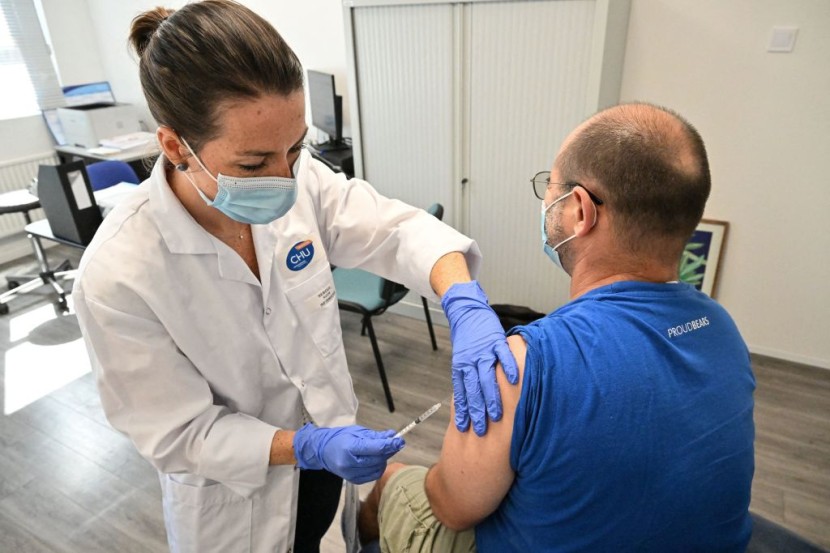Gay and bisexual males should have the mpox vaccine even after the current outbreak has ended since they are at a high risk of contracting the virus.
The committee's suggestion is now transmitted to the director of the Centers for Disease Control and Prevention, who must approve it before it can be distributed to American physicians as advice, as reported by The Associated Press.
Last year, there were over 30,000 instances of mpox in the United States. This year, it decreased significantly, reaching only approximately 800.

However, the CDC claims that every single case counts as an epidemic since the virus doesn't normally spread in the United States.
Mpox, formerly known as monkeypox, is brought on by a virus that belongs to the same family as the smallpox virus. It is endemic to some regions of Africa, where individuals have contracted it by being bitten by rats or other tiny animals.
The virus was not known to spread quickly among humans, but in the spring and summer of 2022, instances increased in Europe and the United States, mainly among males who have sex with men. Although fatalities were uncommon, many patients endured uncomfortable skin sores for weeks.
Jynneos Vaccine
Jynneos, a two-dose vaccination, became a mainstay in the United States. It is generally advised for males who engage in sexual activity with other men who have several partners, who have recently had an STD, or who are otherwise more likely to have an infection through sexual contact.
Of the 2 million Americans who are eligible, only around 500,000 have received the necessary two doses of the vaccination, according to CDC authorities.
Read also: China Responsible for Most New Mpox Cases in September, Driving Worldwide Spike: WHO
CDC Warns the Virus is Still Present
According to CDC authorities, the new guideline can help to warn individuals that the virus is still present and that it is still possible to contract it when traveling abroad.
One to four new cases are reported on average each day in the United States, however, some people may not be receiving a diagnosis, according to CDC experts.
Since the mpox outbreak last year, there have been 54 documented deaths in the United States, including two in September.
In San Francisco, there were over 800 cases last year, but in the first half of this year, there was just one case on average per month. Seven instances were reported in August, 20 the next month, and at least ten so far this month.
Health authorities are closely monitoring several confirmed cases of the virus, raising alarms about its potential spread within the country. While health officials believe the risk to the general public is low, they are not taking any chances, and have initiated robust containment and contact-tracing measures to prevent further transmission.
Monkeypox, though unrelated to the more deadly Ebola virus, shares a similar mode of transmission and symptoms, such as fever, rashes, and swollen lymph nodes. The recent cases have highlighted the importance of early detection and swift containment to curb its spread, serving as a reminder that infectious diseases can cross borders, necessitating constant vigilance in the global effort to safeguard public health.
Related article: US Cities Vulnerable to Summertime Outbreaks as Mpox Ends
© 2025 HNGN, All rights reserved. Do not reproduce without permission.








